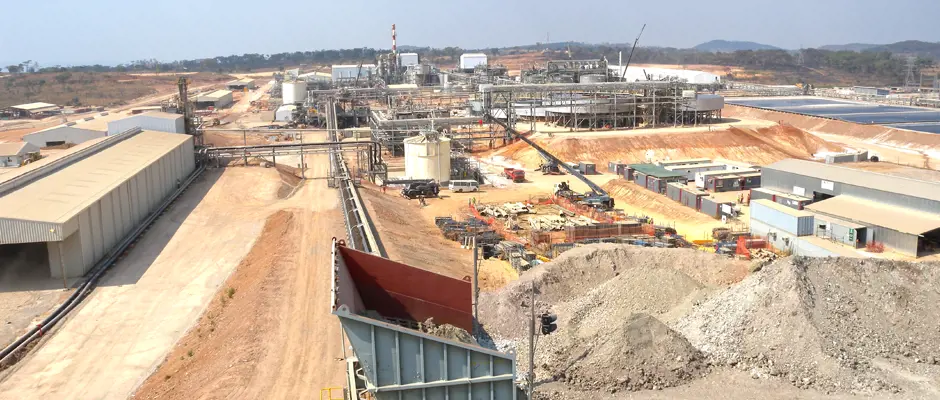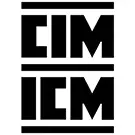Join us in Kamloops for insights into mining scale and plant design.
Orebody Heterogeneity and Mining Scale | October 21 | 10:55 - 11:20 am
Orebodies exhibit varying degrees of heterogeneity, where the valued mineralization is either concentrated in veins or bands or widely disseminated in stockworks or porphyritic intrusions. Barren gangue material exists as adjacent diluting material or as a matrix host to this mineralization. The spatial variation of the mineralized and gangue material in an orebody is a characteristic of heterogeneity that is not always exploited in developing a mine.
At larger scales of heterogeneity, analysis of core hole data can be used to identify the selective mining unit (SMU) size, which in turn drives the sizing of mine equipment. Larger equipment with their economies of scale advantages are compared to smaller, more selective mine equipment in case studies. Full cost analysis is applied to determine whether ‘bigger is better’.
These concepts are explained for careful consideration in planning a mining project.
Presenter: Bob McCarthy
Technological Considerations for Modern Plant Design | October 21 | 1:30 - 1:55 pm
It is suggested that the current method of metallurgical testing as part of project evaluations is flawed as it places all emphasis on maximising metal recovery at any process cost or complexity.
In addition, current practices limit opportunities for innovation or adoption of new technology as such concepts are only considered later in the study phase. This is when the ‘sharper pencil’ economics are run and found that cheaper processing methods are needed to support the lower grade orebody.
Technological advances cannot be effectively implemented if they are afterthoughts and only part of trade-off studies. Instead, it is believed that the following should be considered TRUE at the start of all project studies:
- Heterogeneity of ore/waste boundaries can be estimated and exploited as part of the mining process (before arriving at the plant);
- Geometallurgical domains will reveal unique properties to be separately scheduled by the mine and/or processed under different plant conditions;
- Pre-concentration methods will be adopted as standard practice to improve feed quality.
- A case will be made to consider a number of processing options and to include sensing/segregation technology as part of the mining method. In some cases, this is to restore value destroyed by high dilution and/or uncontrolled mixing as part of bulk open pit or underground mining methods.
It is proposed that, as the quality of orebodies change over time, the methods used to evaluate them should be revised. Adoption of currently available technology to the mining industry should not be only considered when ‘conventional’ methods are not good enough but at the first phase of evaluation. Incorporation of pre-concentration methods at the scoping study phase is the quickest way to make it proven technology and part of the normal way to conducting business.
Presenter: Adrian Dance
See presentation




